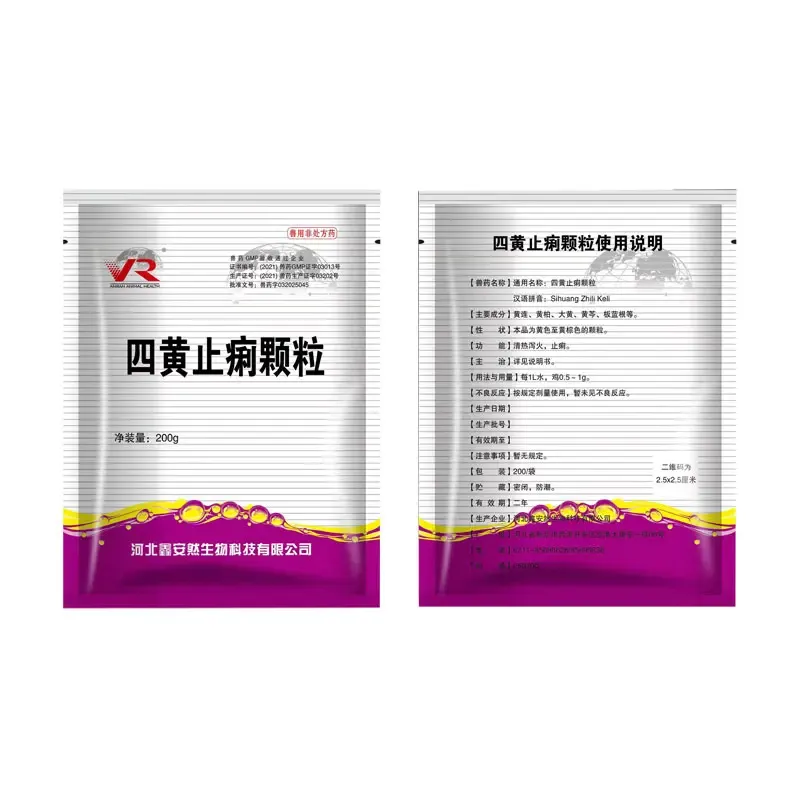- Afrikaans
- Albanian
- Amharic
- Arabic
- Armenian
- Azerbaijani
- Basque
- Belarusian
- Bengali
- Bosnian
- Bulgarian
- Catalan
- Cebuano
- Corsican
- Croatian
- Czech
- Danish
- Dutch
- English
- Esperanto
- Estonian
- Finnish
- French
- Frisian
- Galician
- Georgian
- German
- Greek
- Gujarati
- Haitian Creole
- hausa
- hawaiian
- Hebrew
- Hindi
- Miao
- Hungarian
- Icelandic
- igbo
- Indonesian
- irish
- Italian
- Japanese
- Javanese
- Kannada
- kazakh
- Khmer
- Rwandese
- Korean
- Kurdish
- Kyrgyz
- Lao
- Latin
- Latvian
- Lithuanian
- Luxembourgish
- Macedonian
- Malgashi
- Malay
- Malayalam
- Maltese
- Maori
- Marathi
- Mongolian
- Myanmar
- Nepali
- Norwegian
- Norwegian
- Occitan
- Pashto
- Persian
- Polish
- Portuguese
- Punjabi
- Romanian
- Russian
- Samoan
- Scottish Gaelic
- Serbian
- Sesotho
- Shona
- Sindhi
- Sinhala
- Slovak
- Slovenian
- Somali
- Spanish
- Sundanese
- Swahili
- Swedish
- Tagalog
- Tajik
- Tamil
- Tatar
- Telugu
- Thai
- Turkish
- Turkmen
- Ukrainian
- Urdu
- Uighur
- Uzbek
- Vietnamese
- Welsh
- Bantu
- Yiddish
- Yoruba
- Zulu
Desemba . 19, 2024 16:07 Back to list
Enrofloxacin Injection 10 for Veterinary Use and Its Clinical Applications
Enrofloxacin Injection 10 A Comprehensive Overview
Enrofloxacin is a widely used veterinary antibiotic that belongs to the fluoroquinolone class of drugs. It is primarily used for the treatment of bacterial infections in animals, particularly in dogs, cats, and livestock. The formulation labeled as Enrofloxacin Injection 10 refers to a specific concentration, typically containing 10% enrofloxacin intended for injection purposes, which allows for rapid absorption and effective treatment of infections.
Mechanism of Action
Enrofloxacin works by inhibiting bacterial DNA gyrase and topoisomerase IV, enzymes critical for bacterial DNA replication, transcription, and repair. By interfering with these enzymes, enrofloxacin effectively prevents bacterial cell division and growth. The broad-spectrum nature of enrofloxacin means it is effective against a variety of Gram-negative and Gram-positive bacteria, making it a versatile choice in veterinary medicine.
Indications for Use
Enrofloxacin is primarily indicated for the treatment of infections caused by susceptible strains of bacteria. Common applications include
1. Respiratory Infections Enrofloxacin is often employed in treating pneumonia and other respiratory infections in dogs and cats. 2. Urinary Tract Infections (UTIs) It is effective against bacterial pathogens commonly responsible for UTIs, providing relief from symptoms and clearing infections.
3. Skin and Soft Tissue Infections Veterinary practitioners might prescribe enrofloxacin for various skin infections, especially those that do not respond to other treatments.
4. Infections in Livestock In agricultural settings, enrofloxacin can be used to treat infections in cattle, swine, and poultry, thereby promoting animal health and reducing economic losses due to illness.
Dosage and Administration
The administration of Enrofloxacin Injection 10 is typically done via subcutaneous or intramuscular injection. The precise dosage depends on several factors, including the type of infection being treated, the species and weight of the animal, and the severity of the condition. Veterinary practitioners usually calculate dosages based on the animal's body weight, with a common dosage range being 5 to 20 mg/kg of body weight. It's crucial to follow a veterinarian’s prescription and instructions meticulously to ensure safety and efficacy.
enrofloxacin injection 10

Safety and Side Effects
Enrofloxacin is generally well-tolerated in animals, but, like all medications, it carries the potential for side effects. Some common side effects may include
- Gastrointestinal Upset Nausea, vomiting, and diarrhea may occur in some animals after receiving the injection.
- Injection Site Reactions Swelling, redness, or tenderness at the injection site may arise but typically resolve on their own.
- Central Nervous System Effects Rarely, animals may exhibit signs of neurological involvement, such as seizures or hypersensitivity.
- Cartilage Damage There is a risk of cartilage damage in young, rapidly growing animals, particularly in large breeds, which is why enrofloxacin is usually not recommended for use in puppies and kittens younger than 12 weeks.
Resistance and Precautions
One of the growing concerns with the use of antibiotics, including enrofloxacin, is the development of antibiotic resistance. To mitigate this issue, it is imperative that enrofloxacin is prescribed judiciously and only when indicated. Regular culture and sensitivity tests can help ensure that the antibiotic is necessary and appropriate for the bacteria involved.
Additionally, veterinarians should emphasize the importance of completing the entire course of treatment, even if the animal appears to be feeling better before finishing the medication. This practice helps to prevent the resurgence of infection and minimizes the risk of resistance.
Conclusion
Enrofloxacin Injection 10 is a potent tool in veterinary medicine for treating a variety of bacterial infections in animals. Its effectiveness, combined with careful veterinary oversight and awareness of potential side effects, makes it a valuable option for enhancing animal health. As with any antibiotic, practicing responsible use through appropriate prescribing and adherence to treatment regimens remains essential for combating the threat of antibiotic resistance and ensuring the continued efficacy of this important medication.
-
Guide to Oxytetracycline Injection
NewsMar.27,2025
-
Guide to Colistin Sulphate
NewsMar.27,2025
-
Gentamicin Sulfate: Uses, Price, And Key Information
NewsMar.27,2025
-
Enrofloxacin Injection: Uses, Price, And Supplier Information
NewsMar.27,2025
-
Dexamethasone Sodium Phosphate Injection: Uses, Price, And Key Information
NewsMar.27,2025
-
Albendazole Tablet: Uses, Dosage, Cost, And Key Information
NewsMar.27,2025













